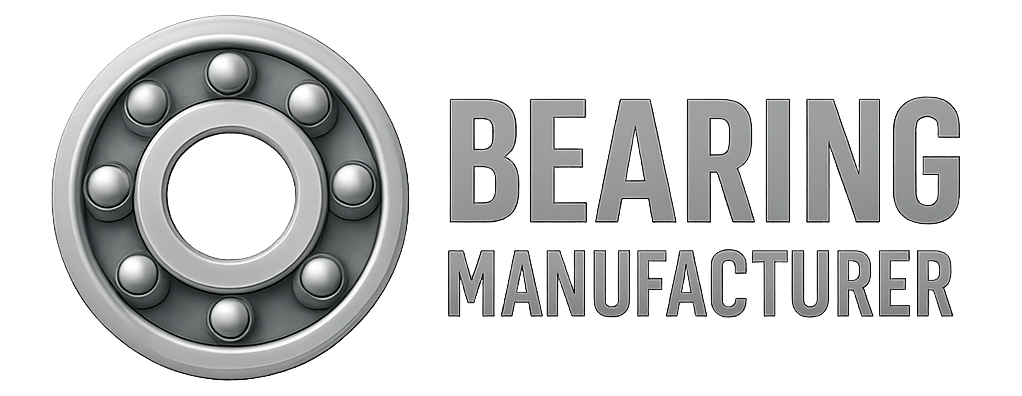The cam follower is a critical engine component responsible for transferring motion from the camshaft lobe to the fuel pump or valve lifters, depending on the engine design. When it begins to fail, it can disrupt combustion, affect fuel delivery, and ultimately harm your engine.
This guide explains the key symptoms of a bad cam follower, provides a step-by-step diagnosis and replacement guide, and offers preventive maintenance tips to extend its service life.
🚨 Common Symptoms of a Bad Cam Follower
1. Intermittent Power Loss
When the cam follower wears out, it causes irregular valve timing. This disrupts the air-fuel mixture and leads to incomplete combustion—especially noticeable during acceleration. If your vehicle loses power under load, a failing cam follower may be the culprit.
2. Engine Misfiring
Misfires often result from improper valve lift and sealing. A bad cam follower can prevent the valves from opening or closing at the correct time, resulting in engine shaking, loss of power, and rough idle.
3. Fuel Cut-Outs
The cam follower plays a crucial role in operating the high-pressure fuel pump (HPFP). A worn follower may interfere with fuel injection timing, causing fuel pressure to drop, leading to lean running conditions, power surges, or even engine shutdown.
4. Engine Stalling or No-Start Conditions
As cam follower damage progresses, valve operation becomes severely impaired. This can cause the engine to stall or fail to start due to poor intake and compression efficiency.
🧾 Diagnostic Trouble Codes (DTCs) Related to Cam Follower Issues
Modern engines with electronic control units (ECUs) can detect cam follower-related faults. Common codes include:
-
P0087 – Fuel Rail/System Pressure Too Low
-
P0089 – Fuel Pressure Regulator Performance Issue
-
P1093 – Fuel Measuring System 2 Malfunction
-
P2293 – Fuel Pressure Regulator Mechanical Malfunction (N276)
Use an OBD-II scanner to retrieve these codes before performing mechanical inspection.
🔧 How to Diagnose and Replace a Bad Cam Follower
Step 1: Initial Diagnosis
-
Visual Check: Look for visible wear, pitting, or scuffing on the cam follower or camshaft lobe.
-
Listen for Sounds: Clicking, ticking, or tapping noises may indicate mechanical wear.
-
Use Diagnostic Tools: A capable scanner can confirm fault codes and live data from the HPFP system.
Step 2: Replacement Guide for EA113 Engine (Typical Application)
⚙️ Tools Needed:
-
Spanners (13mm, 17mm, 24mm)
-
Torque wrench (3/8″)
-
Ratchet set
-
MAF Sensor plug tools
-
Fuel line removal tool
-
Clean rags & lubricant
🛠 Procedure:
A. Access the Cam Follower and Fuel Pump
-
Remove the engine cover (which includes the air intake).
-
Disconnect the MAF sensor and fuel lines.
-
Unbolt the high-pressure fuel pump (HPFP).
B. Depressurize the Fuel System
-
Disconnect the fuel pump’s electrical connector.
-
Start the engine briefly to release fuel pressure.
-
Release pressure at the Schrader valve using a 13mm tool.
C. Remove the Cam Follower
-
Take out the worn cam follower.
-
Inspect the cam lobe for damage or wear.
-
Clean the area and apply lubricant before installing the new follower.
D. Reassemble with a New Fuel Pump and Sensor
-
Reinstall components to factory torque specs:
-
Thrust sensor: 30 Nm (24mm spanner)
-
Fuel line barbed fitting: 30 Nm
-
Schrader valve: 30 Nm
-
T30 bolts: 10 Nm
-
-
Reconnect all electrical connectors and hoses.
E. Reprime and Test
-
Prime the fuel system.
-
Start the engine and check for leaks.
-
Clear any residual fault codes with a scanner.
🧰 Parts and Tools Checklist
| Component | Notes |
|---|---|
| Genuine Cam Follower | Always choose OEM or trusted aftermarket |
| Lubricants | For proper seating and wear reduction |
| Diagnostic Tool | To scan DTCs and verify repairs |
| Torque Wrench | For accurate reassembly |
🔄 Maintenance Tips to Prevent Cam Follower Failure
Recommended Service Intervals
-
Inspect cam follower every 10,000–20,000 miles depending on vehicle age, usage, and driving conditions.
Maintenance Best Practices
-
Use high-quality engine oil to ensure proper lubrication.
-
Avoid extended oil change intervals.
-
Monitor for early signs of ticking noises or reduced performance.
-
Use only compatible high-pressure fuel pump components.
🧠 Why Proper Installation Matters
Incorrect installation or using substandard parts can lead to premature wear, fuel delivery problems, and expensive engine damage. For best results, follow manufacturer torque specifications and lubrication procedures precisely.
🏁 Conclusion
A failing cam follower may seem like a minor issue, but its effects on engine performance can be serious. By identifying symptoms early, performing accurate diagnostics, and ensuring proper replacement, you can protect your engine from severe damage and costly repairs.
